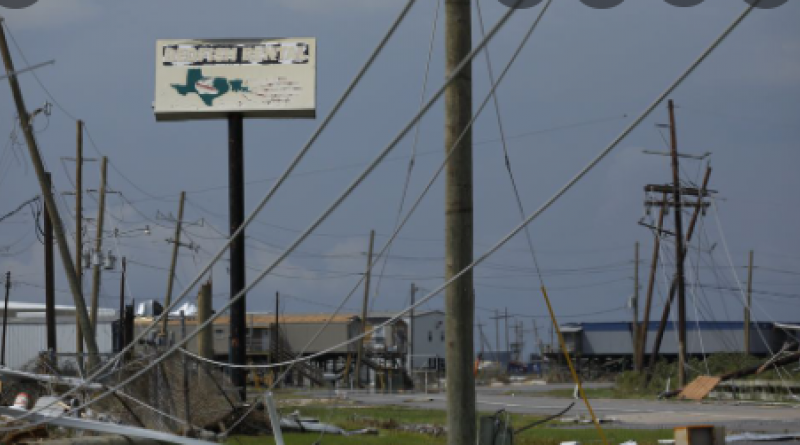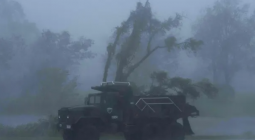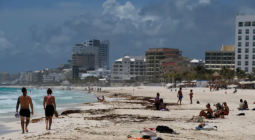Hurricane Ida highlights need for renewable distributed electricity grid

Most of New Orleans went dark on Sunday after Hurricane Ida took out transmission lines and forced power plants offline. It was an all too familiar scene in a city that has often lost power during big storms.
But this was an outage that was never supposed to happen. The utility company Entergy opened a new natural gas power plant in the city last year, pledging that it would help keep the lights on — even during hot summer days and big storms. It was one of two natural gas plants commissioned in recent years in the New Orleans area, the other one hailed by Gov. John Bel Edwards last year as a “source of clean energy that gives our state a competitive advantage and helps our communities grow.”
The storm raises fresh questions about how well the energy industry has prepared for natural disasters, which many scientists believe are becoming more common because of climate change. This year, much of Texas was shrouded in darkness after a winter storm, and last summer officials in California ordered rolling blackouts during a heat wave.
Big changes to electric grids and power plants are likely to take years, but activists and residents of New Orleans say officials should explore solutions that can be rolled out more quickly, especially as tens of thousands of people face days or weeks without electricity. Some activists want officials to put a priority on investments in rooftop solar, batteries and microgrids, which can power homes and commercial buildings even when the larger grid goes down.
31 August 2021
IEEFA




